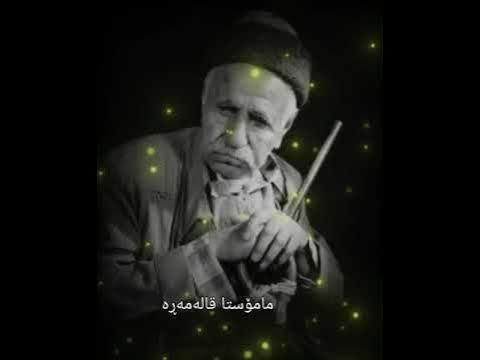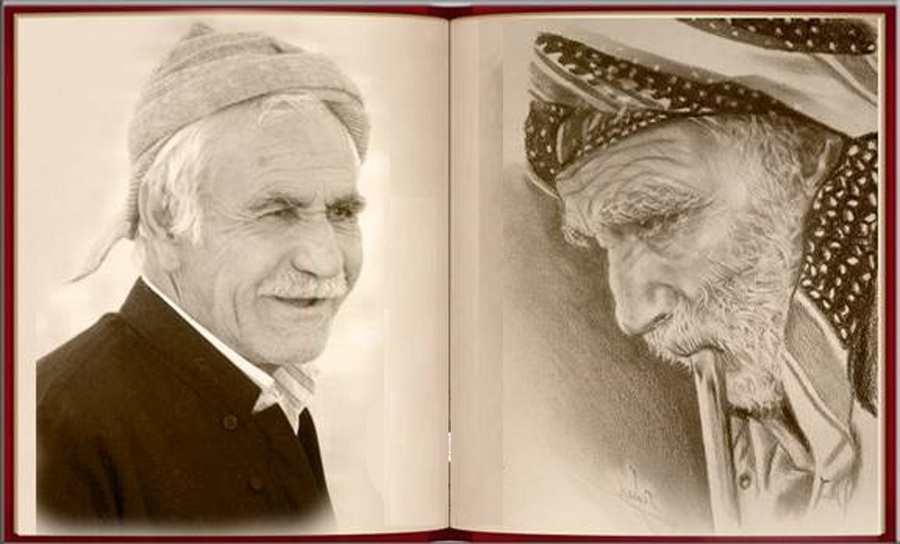Humi Bahabaha, the great Indian philosopher and thinker who has theories and schools of thought in the field of oriental thought, proposes two types of relationships in the discussion of nations along with Edward Saeid and Gayatri Spiwak Chakraverti: dominant and weak armed, economic, and cultural forces are established, and in this regard, the dominant nation wants to impose all its power and hegemony on the subjugated and deprive it of its cultural, linguistic, and artistic energy and abilities. In such a relationship, the weak takes all spheres of efficient domination without problems and becomes involved in the flow of the dominant power. Generally, it loses and dissolves the symbols of its cultural, social, and historical identity and existence.
But there is another view of the equation, or we can look at it in another way. The dominant and weak shape the whole structure of the relationship, but neither the ruler is the ruler who considers himself the sole source of cultural, social, and artistic power, nor the weak is the slave who accepts all the cultural and artistic spheres of the ruler without questioning. Rather, the ruler changes its behavior because of the behavior and creativity of the weak. This subjugated is skilled and has its own plans and games. On the other hand, it has the ability to be creative in the fields of language, culture, and art. It uses these abilities and impresses the dominant. According to Humi Bahabaha, if the weak can do something in the cultural sphere that shows its artistic uniqueness and makes even the ruler imitate it, then the equation between the ruler and the weak will change from a one-sided to a two-way relationship. It is changing from imposition to cultural and artistic exchange and dialogue.
Now let's see what this discussion has to do with the Shimshal and a Kurdish musical instrument, which has received less attention so far. If we want to talk about this subject properly, we must first identify the role of the Shimshal as a musical instrument in Kurdistan. Then we present the external effects of this instrument by choosing a specific example.
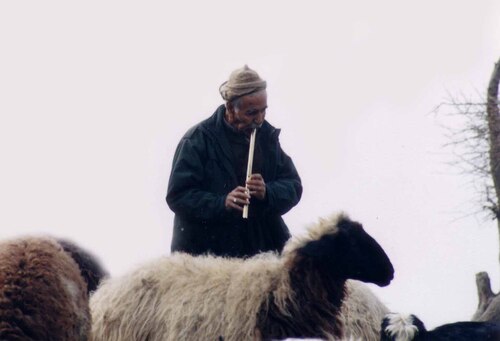
As we know, part of the way of life of the Kurdish people has been shepherding since ancient times. This lifestyle obviously had its own phenomena, signs, and customs. One of the characteristics of this way of life is the existence of two types of shepherds and people who take care of the sheep and are known among the Kurds as Shwan. The Shwans, who were more alone, were as interested in music as any other group of people, but the instrument that could both transfer, learn, and adapt its characteristics to their lives was the Shimshal. Obviously, this instrument later came to the city and was developed and used by urban Kurdish artists.
The first cultural symbol associated with the Shimshal appears in the “Hawara Bara” style, which has its own story and is a kind of duality of the player with his voice and through the Shimshal.
Then the interest of players in playing this instrument and its development has enabled them to express the aspirations and goals of the Kurdish people, from the aspirations of lovers to enthusiasm, tragedy, and political purposes through the music of the Shimshal. This has enabled the plays to express all these different desires, to produce different sounds from the iron instrument and to create special styles.
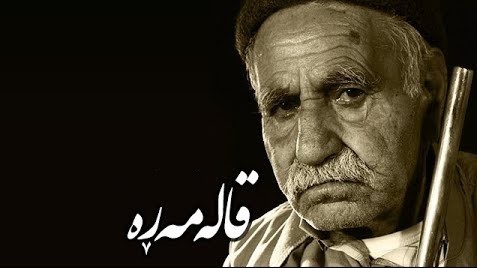
As much as the influence of the Shimshal deepens among the Kurdish nation it reaches the point where the sound of the Shimshal has become one of the Kurdish national identities. That is why that the Voice of the Kurdistan Revolution radio stations began broadcasting their programs with the sound of the Shimshal as the national anthem for decades.
This unique sound of Kurdish music reached its peak with the great Shimshal player Qala Mara Bokani, who was an expert in playing this instrument to the extent that the entire Kurdish nation became interested in this simple magical instrument.
However, the important point is that the influence of Shimshal is not limited to the Kurdish people. The latest article published on Shimshal is an interview with Mohammad Mousavi, one of the most famous teachers of the flute among Persians, after the first generation of flute teachers in Iran. He became famous for changing the style of the flute, as a person with a unique style of playing the flute, and has worked with all the famous Persian artists such as Shajarian, Nazeri, etc., and he has dozens and hundreds of well-known festivals that Persians recognize as their cultural heritage.
In his recent interview, when Mohammad Mousavi was asked how he changed the style of the previous players and created his special style; how did you do this important work? He has a surprising and honest answer.
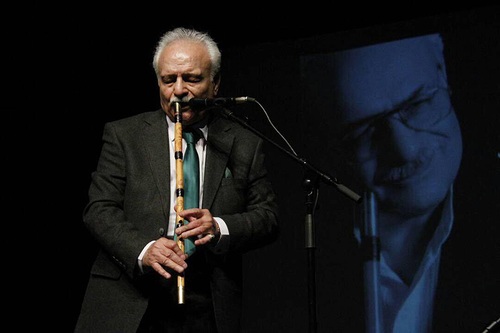
Mohammad Mousavi's direct answer is: “I was a student of the great Iranian flute teachers and became a skilled player, but my style still belonged to the old Iranian flute school. One day, the great music teacher of Iran, Morteza Hananeh, gave me a cassette and said listen to this; this is Kurdish Shimshal. When I listened to it, I was surprised at how all these strange sounds came out of the iron. I became interested in the instrument played by the Kurdish expert Qala Mara and gradually learned to imitate Qala Mara's Shimshal. To be honest, my new style of playing flute is the style of Qala Mara; I learned it from him and went to his grave in Bokan and said that there too.”
The words of Mohammad Mousavi, the great Iranian flute player, tell us one truth as Humi Bahabaha says: the relationship between the dominant Persians and the subjugated Kurds has changed in the field of art, especially music. Now, they admit that they have been influenced by Kurdish music. This means the Shimshal is not only a national symbol in art but also a window for dialogue with the nations of the world.
